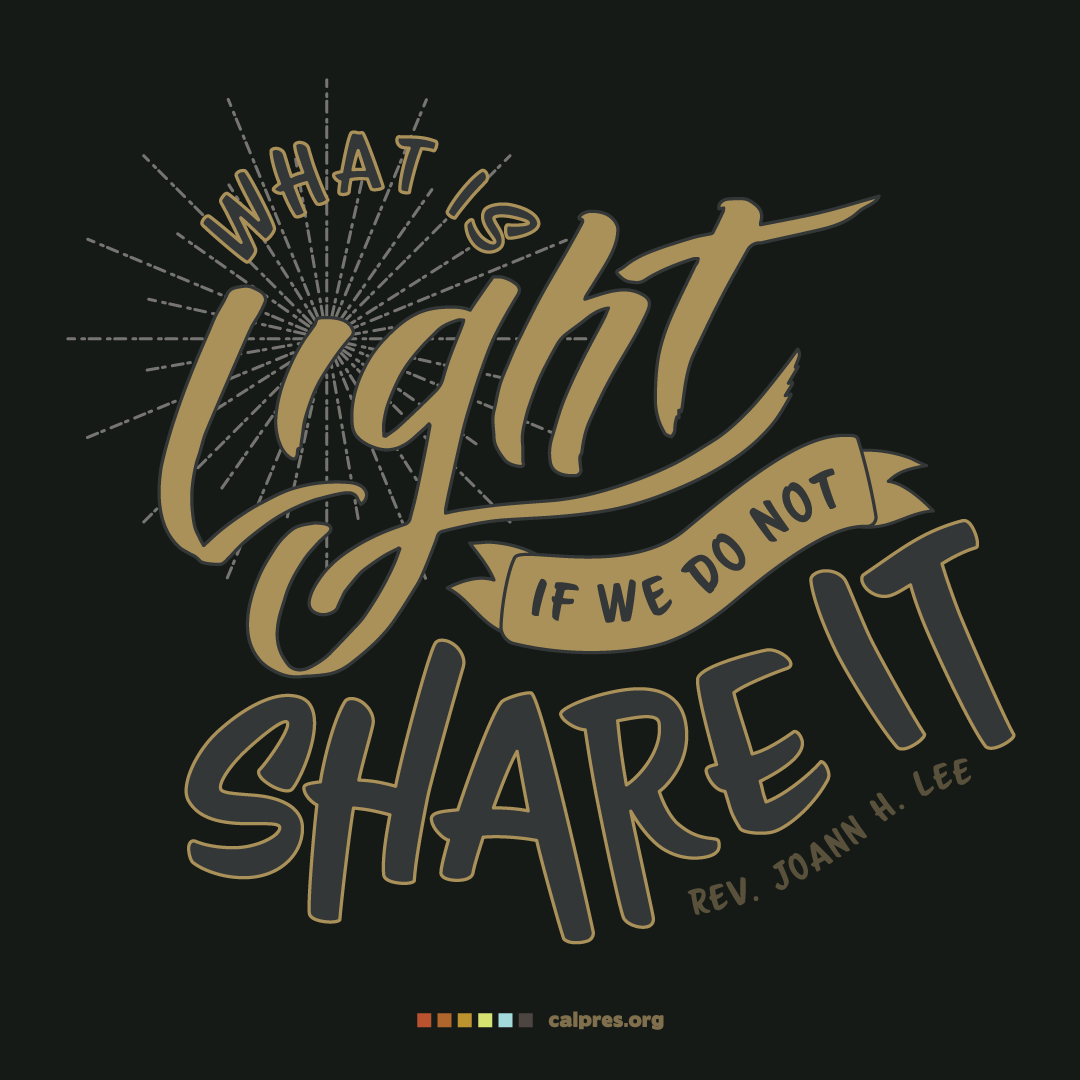Sermon 02.19.2023: Shine
As we move from the season of Epiphany to the season of Lent, we remember how Jesus was transfigured and made to shine on the mountaintop. How are we called to shine? What keeps you from allowing yourself to shine? This week, let us practice transfiguration, not just experience transfiguration!
Scripture
Matthew 16:24-17:8
Then Jesus told his disciples, ‘If any want to become my followers, let them deny themselves and take up their cross and follow me. For those who want to save their life will lose it, and those who lose their life for my sake will find it. For what will it profit them if they gain the whole world but forfeit their life? Or what will they give in return for their life?
‘For the Son of Man is to come with his angels in the glory of his Father, and then he will repay everyone for what has been done. Truly I tell you, there are some standing here who will not taste death before they see the Son of Man coming in his kingdom.’
Six days later, Jesus took with him Peter and James and his brother John and led them up a high mountain, by themselves. And he was transfigured before them, and his face shone like the sun, and his clothes became dazzling white. Suddenly there appeared to them Moses and Elijah, talking with him. Then Peter said to Jesus, ‘Lord, it is good for us to be here; if you wish, I will make three dwellings here, one for you, one for Moses, and one for Elijah.’ While he was still speaking, suddenly a bright cloud overshadowed them, and from the cloud a voice said, ‘This is my Son, the Beloved; with him I am well pleased; listen to him!’ When the disciples heard this, they fell to the ground and were overcome by fear. But Jesus came and touched them, saying, ‘Get up and do not be afraid.’ And when they looked up, they saw no one except Jesus himself alone.
Sermon Text
Transfiguration is a weird word.
Before Harry Potter enrolled in the class at Hogwarts, it was a word I only heard at church, and even then, just once a year on Transfiguration Sunday.
It’s hard to understand what happened to Jesus up on that mountaintop, and what exactly it is that the disciples witnessed. As people of faith, we use the word transformation a lot. We want to be transformed. We want to help transform the world.
But transfiguration? It doesn’t come up much, not even in very church-y circles.
So what does it mean? Nicholas Knisely, a bishop in the Episcopal church, defines it well, I think. He writes:
Transfiguration does not mean the same thing as the word transformation. Transformation implies a remaking of the nature of a person or object. Transfiguration implies a revelation of the true nature.[1]
Transfiguration reveals our true nature. Jesus, then, wasn’t changed on that mountaintop, rather he was revealed for who he truly is. In that moment, Peter, James, and John saw Jesus in the fullness of God’s glory. For three years they had traveled with him, walking along dusty streets, listening to his stories and parables, sleeping wherever they found hospitality.
They knew Jesus well. They saw his humanity from dawn to dusk—this Jesus who sometimes needs a nap or to get away from the crowd, this Jesus who breaks bread and drinks wine, this Jesus who, sure, can perform a miracle every now and then, but eats, sleeps, and drinks, just like every other person they’ve known. Their Jesus, the one they knew best, day in and day out, was human.
But here on this mountaintop, they face a Jesus who is also fully divine.
And Peter’s first response is, “it’s good for us to be here!” He wants to stay on the mountaintop. He offers to make a dwelling place for Jesus, Moses, and Elijah, one for each of them. And presumably, Peter and the other disciples will either sleep outside or stay with one of them. I don’t quite know what Peter’s plans were; and I’m pretty sure he hadn’t thought it all the way through either.
But seeing Jesus transfigured and talking with these pillars of faith:
Elijah and Moses, who have appeared seemingly out of nowhere, Peter wants to stay.
He wants to hold on to this moment for as long as he can.
Jesus’ regular crowd was made up of sinners, prostitutes and tax collectors. Why go back down the mountain to that when you could stay up here and have this?
But Peter’s plans are quickly thwarted. Scripture says, “While he was still speaking, suddenly a bright cloud overshadowed them, and from the cloud a voice said, ‘This is my Son, the Beloved; with him I am well pleased; listen to him!’”
These words that interrupt Peter, echo what is said at Jesus’ baptism, just thirteen chapters, and a lifetime, ago in the gospel of Matthew (Matthew 3:17).
What’s new, however, is the added command to “listen to him!”
Now, there’s a lot in what happened on this mountaintop that could make the disciples afraid. But according to Matthew, it wasn’t Jesus’ shiny new, transfigured façade that scared them. Nor was it the two dead ancestors come to life. It was this voice and what it says.
“This is my Son, the Beloved; with him I am well pleased; listen to him!”
I think, at the crux of their fear is this command to listen to Jesus.
You see, today’s scripture passage doesn’t begin with just the transfiguration story. It actually begins six days before.
And what Jesus says to his disciples six days before actually sounds a lot harder than hanging out with the cool kids on the mountaintop. He says to them, “If any want to become my followers, let them deny themselves and take up their cross and follow me.”
The voice of God says, “Listen to him,” which means Peter, John, and James they’re going to have to take up their cross, deny themselves, and follow Jesus.
They knew that the cross was a Roman tool for execution. They knew Jesus had set his face towards Jerusalem, and that there were a whole lot of people with lots of power, who were unhappy with what Jesus was saying and doing.
The mountaintop was safe. The mountaintop showed Jesus shining in all his undeniable glory and power.
But go down that mountain, and Jesus would be transfigured no more. Go down that mountain, and they’d have to not only face the cross, but carry it.
What lies ahead, down below, is full of uncertainty and fear. So they fall to ground, overcome.
But you know what gets them up and going again? It’s Jesus, who comes to them and touches them and says to them, ‘Get up and do not be afraid.’
They, who have seen Jesus for who he truly is, are now challenged to go down from the mountain and show the world who they truly are, now that they have been transformed by Christ’s love. It is their time to shine.
And they don’t always get it right; we know this by how they scatter and deny Jesus following his arrest and crucifixion. But they remember, too.
And these scared, self-preservationist disciples eventually learn to love like Jesus does, learn to give of themselves like Jesus does, learn to shine and be transfigured so that their true selves are revealed to others, just as Jesus was revealed to them.
And who are they, ultimately, if not beloved children of God.
That is what is revealed on this day of Transfiguration:
that we are wholly and fully and unconditionally loved by God, that we have the capacity to be loved and to love others, that we are created in the image of God, full of divine and radiant light, and that we are called to shine in a world too full of shadows and despair.
Carl Gregg, in a sermon on this same passage, invites us to not just experience or admire Jesus’ transfiguration. But to practice transfiguration,[2] to practice allowing our true selves to shine.
In it, he quotes Marianne Williamson who writes in her book, A Return to Love:
Our deepest fear is not that we are inadequate. Our deepest fear is that we are powerful beyond measure. It is our light, not our darkness that most frightens us. We ask ourselves, “Who am I to be brilliant, gorgeous, talented, fabulous?” Actually, who are you not to be? You are a child of God. Your playing small does not serve the world. There is nothing enlightened about shrinking so that other people won’t feel insecure around you.
We are all meant to shine, as children do. We were born to make manifest the glory of God that is within us. It’s not just in some of us; it’s in everyone.
And as we let our own light shine, we unconsciously give other people permission to do the same. As we are liberated from our own fear, our presence automatically liberates others.[3]
We were born to shine, just as we are.
You don’t have to lie on your resume to get elected. You don’t have to pretend on social media or become an influencer. You don’t have to paint on a smile.
You are loved just as you are. And transfiguration is about revealing your true self as you were created by God.
And what’s amazing is that “… as we let our own light shine, we unconsciously give other people permission to do the same.”
This week, I challenge each of us to practice transfiguration in big or small ways, to practice being vulnerable enough to share who you truly are, to practice allowing the light of God’s love to shine through you, not because we are perfect, but because we are God’s.
And we do this in community, not just isolated on our own, because what is light if we do not share it. Like Alison and the children sang today, “This Little Light of Mine, I’m gonna let it shine.”
And because God has chosen to create us with such great diversity, we each reflect different aspects of the image of God. Practicing transfiguration allows God’s image to shine more brilliantly through us in all our uniqueness and diversity, so that together, God might be revealed more fully.
So do not be afraid. Follow Jesus. Listen to him.
This week, we mark Ash Wednesday, the beginning of Lent. Perhaps it is all the more fitting that we have a mountaintop experience, before journeying to Jerusalem, knowing that death and betrayal await.
But we do not go into the wilderness of the valleys alone. We go with one another and with Jesus as our guide. And we go with light if we are just courageous enough to let that light shine.
So go. Be bold, and as Rihanna sings, “Shine bright like a diamond.”
Thanks be to God, Amen.
[1] Knisely, Nicholas. “Transfiguration, not Transformation” from Entangled States. 2013. https://entangledstates.org/2013/08/06/transfiguration-not-transformation/
[2] Gregg Carl. “Practicing Transformation” from Patheos. 2011.
https://www.patheos.com/blogs/carlgregg/2011/02/lectionary-commentary-practicing-transfiguration-for-march-6-2011/
[3] Williamson, Marianne.
A Return to Love. HarperCollins, 1996.

Art by Jess Churchill











